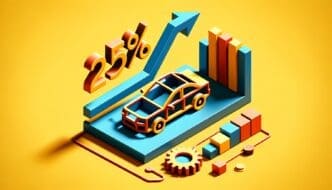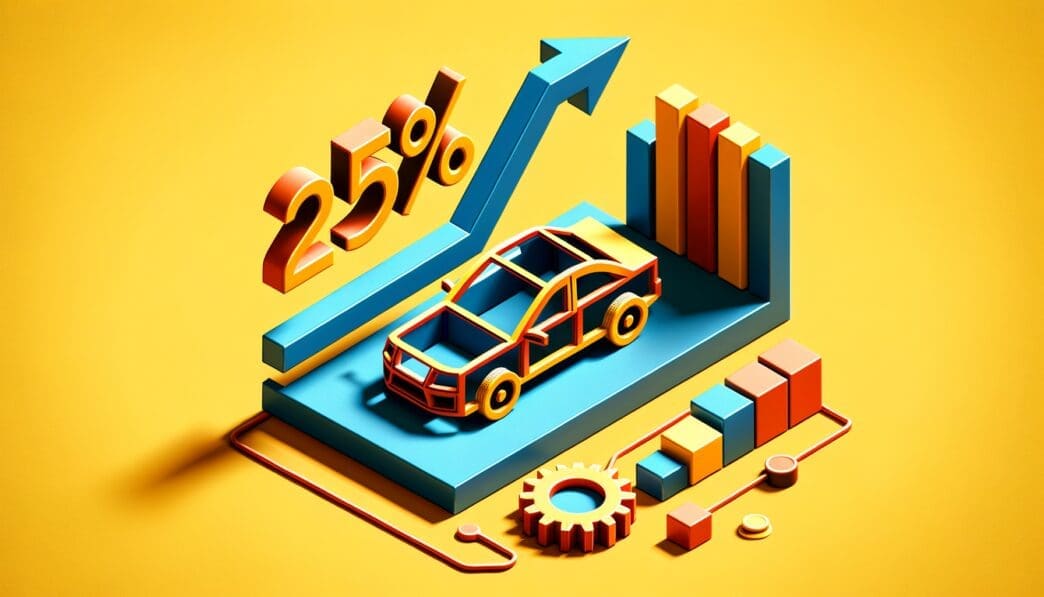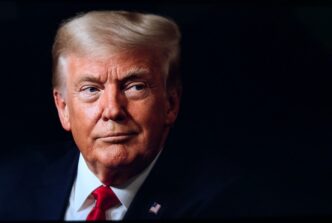The introduction of a 25% tariff on auto imports by U.S. President Donald Trump is poised to impact not only new car buyers but also current vehicle owners. Set to take effect on April 3, these tariffs are expected to drive up the prices of imported vehicles by thousands of dollars. Additionally, repairs for cars that rely on foreign-made parts are anticipated to become more costly, leading to higher insurance premiums in the future.
While the White House argues that this policy will promote domestic manufacturing and generate $100 billion in revenue annually, economists and experts warn of significant disruptions to the auto industry’s global supply chain. Dealerships and repair shops may have no choice but to increase prices, causing drivers nationwide to pay more for regular maintenance.
Here’s what you need to know about how these tariffs might affect your next car repair. Costs will vary depending on the type of repair and the service location, but industry experts caution that prices could rise in the coming weeks or months. Jessica Caldwell, head of insights at Edmunds, notes that many cars require parts from abroad, and these tariffs will directly impact repair costs.
President Trump’s announcement specifically targets engines, transmissions, powertrain parts, and electrical components, which cover a wide range of repairs. Caldwell also mentions the possibility of further expansions. Although automakers might adjust new car pricing strategies, consumers are expected to shoulder the increased cost of individual parts more immediately.
The car repair market is heavily reliant on imports, particularly from Mexico, Canada, and China. According to the American Property Casualty Insurance Association, about 60% of auto replacement parts used in U.S. repairs are imported from these countries.
Skyler Chadwick of Cox Automotive highlights the complexity of parts sourcing, making it challenging to predict when prices will rise. Desiree Hill, owner of Crown’s Corner in Conyers, Georgia, already feels the impact as the tariffs complicate her ability to source parts for foreign-made vehicles. She has no choice but to raise prices to offset the increased costs.
Car repair prices have been climbing due to rising labor costs and advanced technology components. Edward Salamy of the Automotive Body Parts Association points out that tariffs will exacerbate existing issues by forcing distributors to raise list prices.
Car dealerships, like Joshua Allrich’s Allrich Auto in Atlanta, are also grappling with the potential for increased costs while trying to maintain affordability for customers. As tariffs take effect, dealerships may stockpile parts to delay impacts, but this strategy is risky given the unpredictability of tariff duration.
Insurance premiums are also expected to rise, though the effects may take 12 to 18 months to materialize. Bob Passmore from the American Property Casualty Insurance Association estimates that auto insurance claims costs could surge by $7 billion to $24 billion annually.
Major insurers have yet to comment on their preparedness for these impacts. Despite the delay, premium hikes will add to the financial burden on consumers already facing rising insurance costs. Mark Friedlander of the Insurance Information Institute notes that the projected 7% increase in 2025 premiums did not account for tariff impacts, suggesting an even steeper rise.
The Ripple Impact
- Increased Vehicle Costs: The tariffs are expected to raise the cost of imported vehicles, potentially affecting car affordability for many consumers.
- Higher Repair Expenses: With parts becoming more expensive, repair costs are set to increase, impacting those who rely on foreign-made components for their vehicles.
- Rising Insurance Premiums: As repair costs rise, insurance premiums are likely to follow, adding to the overall ownership expense of vehicles.
- Economic Disruption: The global auto supply chain may face disturbances, which could lead to job losses and economic instability in related sectors.
- Impact on Local Businesses: Auto repair shops and dealerships may struggle to maintain profitability as they grapple with increased costs and supply chain issues.
- Potential Environmental Impact: Increased prices for parts and repairs might delay the replacement of older, less efficient vehicles, potentially impacting environmental sustainability efforts.








